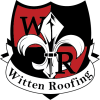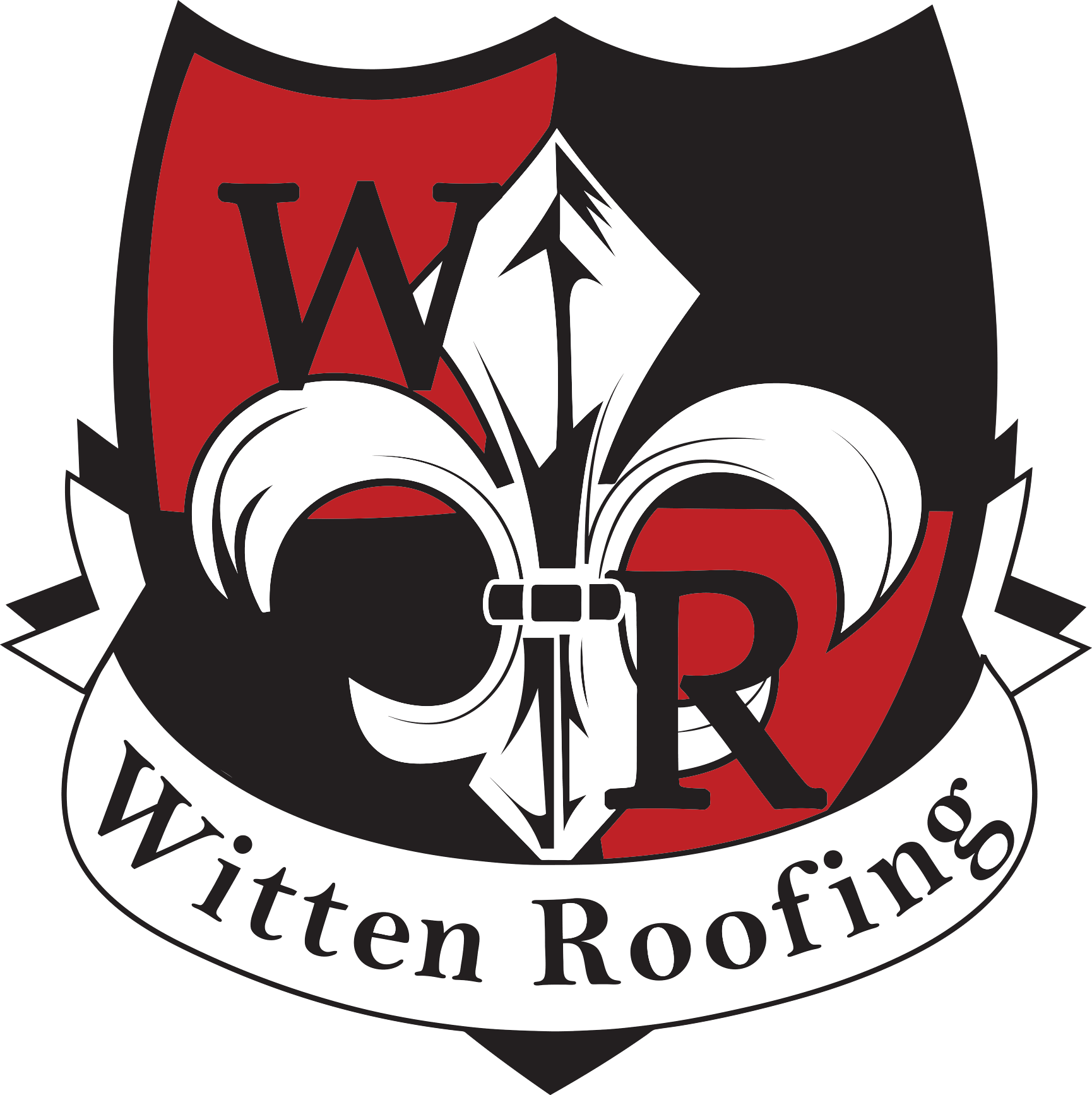When it comes to protecting your commercial property, your roof is one of the most important investments you’ll ever make. Unlike residential roofing, commercial roofing systems often cover larger square footage, have unique drainage needs, and are expected to endure years of weather exposure while protecting critical business operations. Choosing the right roofing system isn’t just about cost — it’s about long-term durability, energy efficiency, and reducing maintenance expenses.
In this blog, we’ll break down the most durable roofing materials for commercial buildings, explore the pros and cons of each, and help you determine which system is best suited for your property.
Why Durability Matters for Commercial Roofs
Commercial roofing projects are major investments, often costing thousands — or even hundreds of thousands — of dollars depending on the size of the property. A durable roof not only protects your building from water intrusion and structural damage, but it also:
- Reduces maintenance costs over time.
- Minimizes business interruptions due to leaks or repairs.
- Provides better energy efficiency, lowering utility bills.
- Improves property value and marketability.
- Extends the replacement cycle, saving money in the long run.
Durability is about more than resisting leaks — it’s about creating a roof that can withstand decades of weather, foot traffic, and daily wear.
The Most Durable Commercial Roofing Options
Here are the leading commercial roofing materials that stand out for strength, longevity, and performance.
1. TPO (Thermoplastic Polyolefin) Roofing
Lifespan: 20–30 years
TPO roofing is one of the fastest-growing commercial roofing options thanks to its balance of affordability, durability, and energy efficiency. It’s a single-ply membrane made of rubber and other materials, designed to resist UV rays, punctures, and chemical exposure.
Advantages:
- Excellent resistance to heat and UV damage.
- White reflective surface helps lower cooling costs.
- Flexible and resistant to tearing or punctures.
- Relatively quick and cost-effective installation.
Best for: Businesses seeking a long-lasting, energy-efficient option with moderate upfront costs.
2. EPDM (Ethylene Propylene Diene Monomer) Roofing
Lifespan: 25–30 years (with proper maintenance)
EPDM, commonly known as “rubber roofing,” is one of the most proven roofing systems on the market. This black synthetic membrane is extremely durable and weather-resistant, particularly against cold climates and heavy rain.
Advantages:
- Highly resistant to UV radiation and ozone.
- Excellent flexibility in extreme temperatures.
- Low maintenance requirements.
- Cost-effective for large commercial roofs.
Best for: Properties in colder climates or buildings that need a budget-friendly yet long-lasting solution.
3. PVC (Polyvinyl Chloride) Roofing
Lifespan: 25–30 years
PVC roofing is a premium single-ply material known for its strength and durability. It is particularly resistant to chemicals, grease, and fire, making it popular for restaurants, manufacturing facilities, and industrial buildings.
Advantages:
- Superior resistance to chemicals and grease.
- Highly reflective, reducing cooling costs.
- Extremely durable and resistant to punctures.
- Strong weldable seams for waterproof protection.
Best for: Restaurants, chemical plants, and facilities where chemical resistance is a top priority.
4. Metal Roofing
Lifespan: 40–60+ years
Metal roofing is one of the longest-lasting commercial roofing systems. Available in steel, aluminum, copper, and other materials, metal panels are incredibly durable, fire-resistant, and require minimal maintenance over time.
Advantages:
- Exceptional lifespan (often 50+ years).
- Withstands high winds, hail, and severe storms.
- Fire-resistant and environmentally friendly.
- Can be retrofitted over existing roofs.
Best for: Commercial buildings where long-term durability is the top priority and initial budget allows for higher investment.
5. Modified Bitumen Roofing
Lifespan: 20–25 years
Modified bitumen is an evolution of traditional asphalt roofing, reinforced with fiberglass or polyester for added strength. It’s applied in layers, making it extremely resistant to leaks and tears.
Advantages:
- Strong resistance to foot traffic and punctures.
- Can be installed with multiple layers for durability.
- Proven waterproofing performance.
- Budget-friendly compared to some alternatives.
Best for: Buildings with high foot traffic on the roof or those looking for a cost-effective but durable solution.
6. Built-Up Roofing (BUR)
Lifespan: 20–30 years
Built-up roofing (often called “tar and gravel” roofs) has been around for over a century. It consists of multiple layers of bitumen and reinforcing fabrics, topped with gravel or a reflective coating.
Advantages:
- Multiple layers add redundancy and durability.
- Excellent waterproofing ability.
- Good fire resistance when topped with gravel.
- Proven track record of reliability.
Best for: Older or traditional commercial buildings where tried-and-true roofing systems are preferred.
Factors That Affect Durability
Even the strongest roofing system can fail prematurely if it’s not installed and maintained properly. Factors that impact durability include:
- Installation quality – Workmanship matters as much as materials.
- Climate – Heat, storms, snow, and UV exposure affect lifespan.
- Maintenance – Regular inspections and repairs extend performance.
- Roof traffic – More foot traffic means more wear and tear.
- Drainage system – Poor drainage shortens the lifespan of any roof.
Need an Inspection?
If you’re considering a new commercial roofing system or want to know how long your current roof will last, Witten Roofing is here to help. Our team has over 15 years of experience installing and maintaining durable commercial roofing systems across the region. We’ll provide a detailed assessment of your roof and recommend the best options based on your building’s needs and budget.
Scheduling is simple — just book your free roof inspection online with Witten Roofing today and take the first step toward protecting your investment.
FAQ: Commercial Roofing Durability
Q1: What is the longest-lasting commercial roofing material?
A: Metal roofing often lasts 40–60 years or more, making it the most durable option. However, TPO, PVC, and EPDM systems can also provide decades of reliable protection with proper maintenance.
Q2: Is metal roofing worth the higher cost?
A: Yes, if your priority is long-term durability and minimal maintenance. While the upfront cost is higher, metal roofing pays off with decades of protection and lower repair expenses.
Q3: Which roofing system is best for restaurants?
A: PVC roofing is highly recommended because it resists grease, chemicals, and fire — all common in restaurant and food-service environments.
Q4: How often should a commercial roof be inspected?
A: At least twice a year (spring and fall) and after major storms. Regular inspections help identify issues before they become costly repairs.
Q5: Can a new commercial roof be installed over an old one?
A: In some cases, yes. Certain roofing systems, such as metal or single-ply membranes, can be installed over an existing roof. A roofing contractor can determine if your building qualifies.
Q6: How do I extend the life of my commercial roof?
A: Invest in regular inspections, keep drainage systems clear, limit roof traffic, and address repairs promptly. Preventive maintenance is key to maximizing durability.




